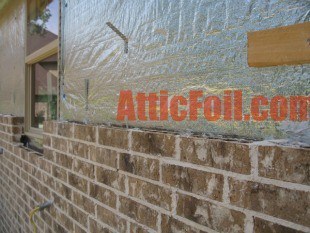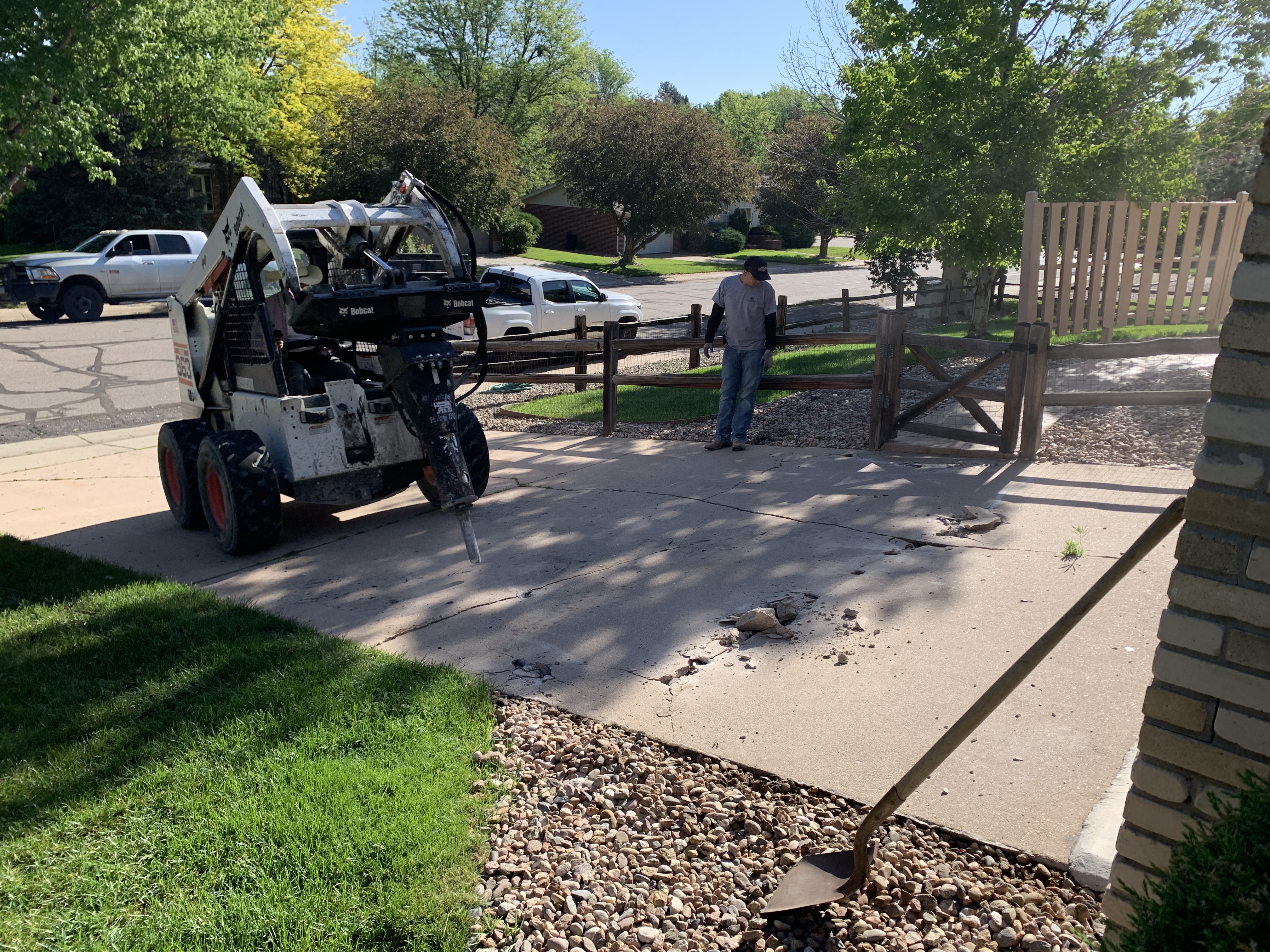

It is best to have the tubing spaced evenly down the joist cavity (between the sleepers). It also offers fire resistance, sound dampening and thermal mass.Ĭonsult with the system designer to determine the tube network layout, so you'll know where the tubes are before you nail down the floor. This is another technique used for hardwood flooring when access to the underfloor is impossible. This is a method often used when installing hardwood flooring, yet which also provides the fire resistance, sound dampening and thermal mass of a thin slab. The tubes are stapled onto the subfloor which continuously releases heat to the hardwood flooring.Īn approach used when you don't have access under the existing floor or when the underside of the floor can't be used, such as a second story over beamed ceilings. The subfloors shown here are recommended for hardwood floor installations. Direct contact of the tubing with the flooring is not recommended. The heat system designer is responsible for the subfloor installation, but you will want to be familiar with some of the styles. Work with the system designer to choose the subfloor option (see illustrations) that best meets both of your needs. This will give him/her the information needed to calculate the necessary system supply water temperature. Provide the radiant heat system designer with the hardwood flooring dimensions and species, subfloor style and the desired temperature of each room. To ensure a superior end product, pay attention to the following factors before, during and after installation: It's critical that everyone is notified of any work pertaining to the installation, especially if specifications are changed. Most important is good communication with the radiant heat system designer. Installing hardwoods over radiant heat isn't much different from laying a typical hardwood floor. As the warm water moves through the tubing network, it releases its energy and returns to the boiler system to be reheated.
RADIANT HEAT FLOORING SERIES
A series of controls then pumps the heated water through a tubing network that is installed in the subfloor. A water heating system, comprising either a standard boiler, water heater, a geothermal heat pump or even solar panels, warms the water. Radiant heat systems use a three-stage process to convey heated water to its destination.

Today, modern insulation and building techniques allow a radiant floor to stay cooler than the floor of the average sunroom. Those high temperatures exaggerated expansion and contraction in hardwood flooring, causing irreparable damage to both the floors and builders' reputations. Back then, floors were heated excessively to compensate for poor building insulation.
RADIANT HEAT FLOORING INSTALL
Building professionals have become more adept at managing wood's natural expansion and contraction.Īt the same time, advances in the heated flooring industry are permitting easier installation of hardwood floors.īuilders, architects and designers now achieve faultless installations of oak, ash, cherry, maple, hickory, walnut and other fine hardwood flooring over radiant heat.įor many builders, the reluctance to install hardwood floors over radiant heat stemmed from problems associated with the original technology introduced more than 40 years ago. Technology has paved the way for you to provide your clients with the beauty of North American hardwoods and the warmth of radiant heat flooring. Reprinted with permission from The Hardwood Council website.

Hardwood Floors and Heated Flooring Systems Now a Good Match

Installing Hardwood Flooring - Over Radiant Heating Hardwood Floors and Heated Flooring Systems Now a Good Match.


 0 kommentar(er)
0 kommentar(er)
